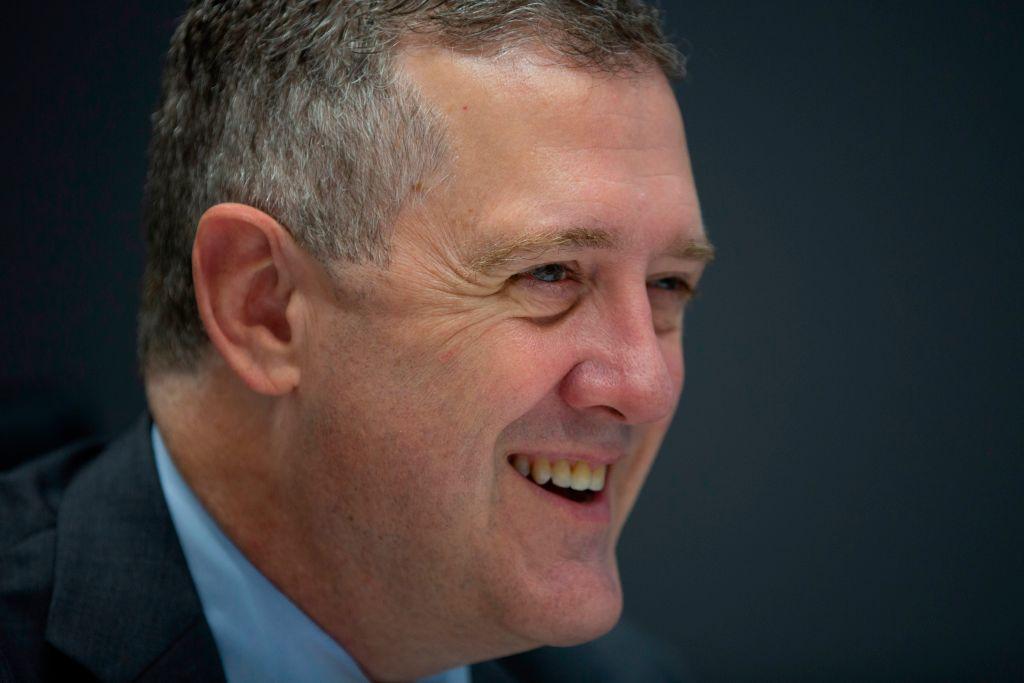Jim Bullard, president of the Federal Reserve Bank of St. Louis, has dismissed the possibility of the central bank easing its policy-tightening stance, warning that it might instead become even more aggressive.
“Markets are underpricing the risk that the FOMC [Federal Open Market Committee] will have to be more aggressive rather than less aggressive in order to contain the very substantial inflation that we have in the U.S.,” Bullard said in an interview with MarketWatch on Nov. 28. He believes the Fed might stop after rates top 5 percent and that it may “probably have to stay there” for 2023 and 2024.





